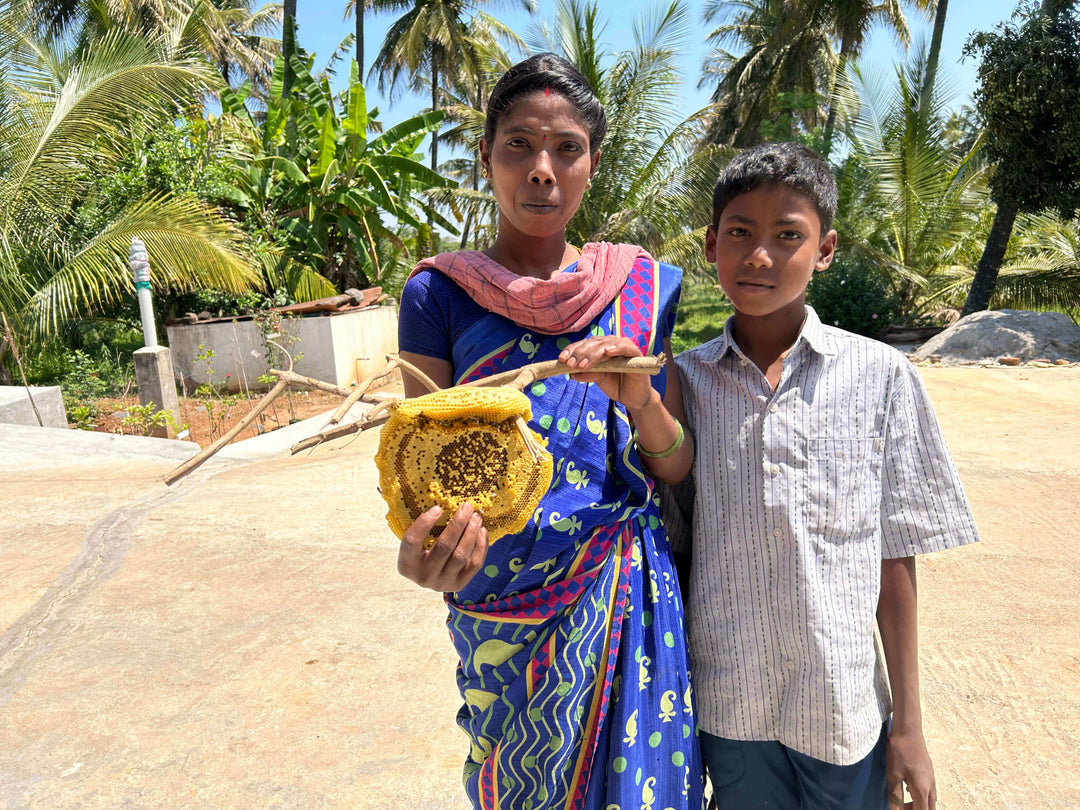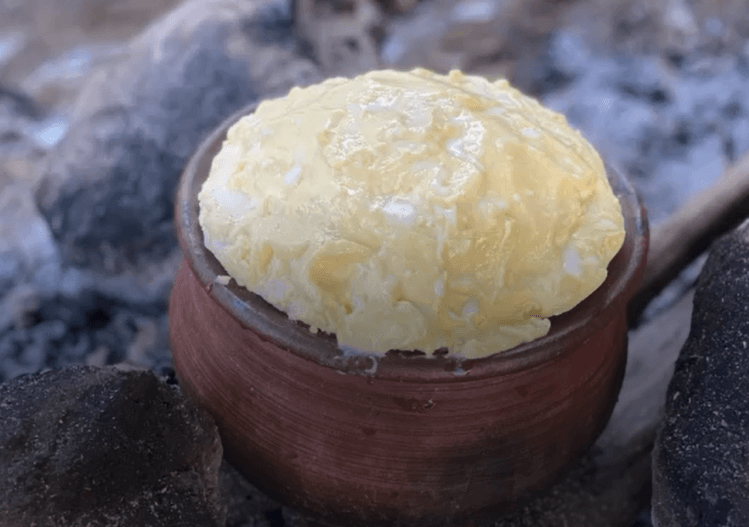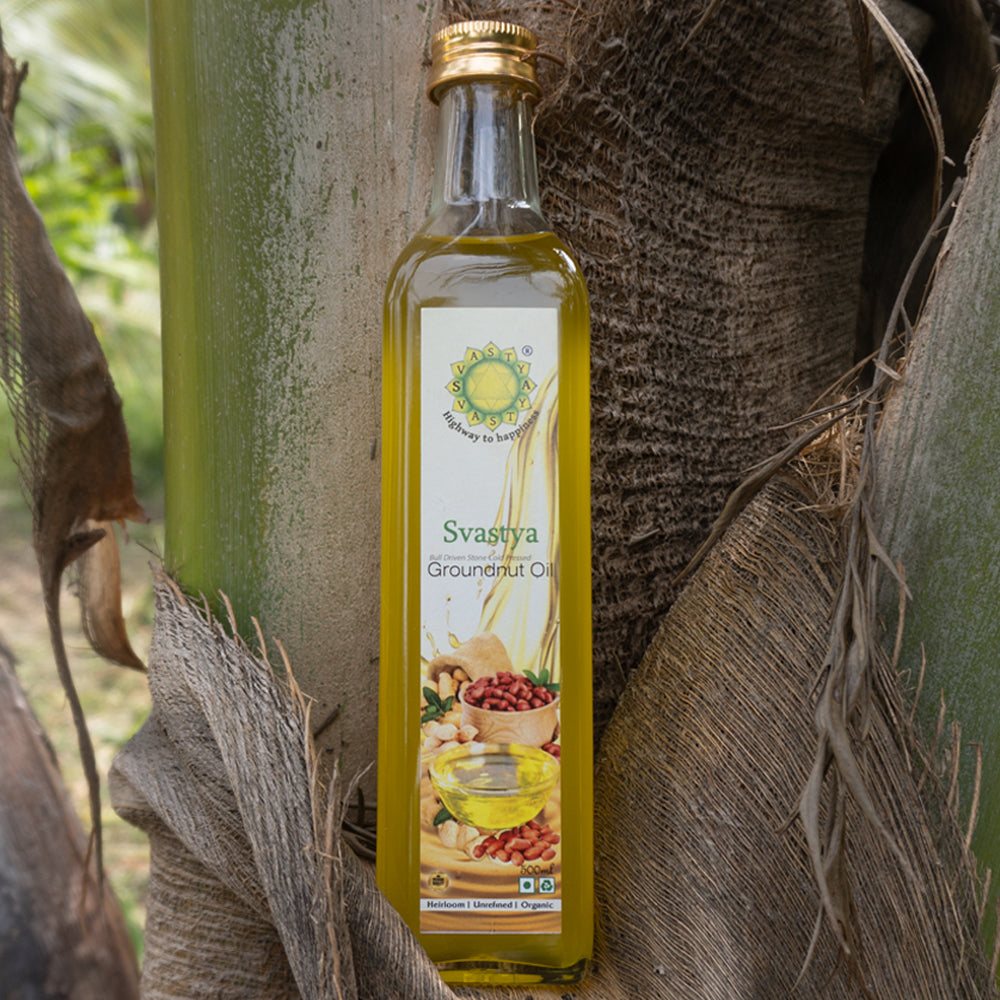The Evolution of Cold Pressed Oil Processing
Cold pressed oil has gained popularity in recent years due to its numerous health benefits and superior quality. But have you ever wondered how this process came to be? In this blog post, we will take a closer look at the evolution of cold pressed oil processing and how it has revolutionized the oil industry.
What is Cold Pressed Oil?
Cold pressed oil refers to the method of extracting oil from seeds or nuts without the use of heat or chemicals. This process involves crushing the seeds or nuts and then pressing them to extract the oil. The resulting oil is pure, unrefined, and retains all its natural nutrients and flavors.
The Ancient Origins
The concept of cold pressed oil processing dates back thousands of years. Ancient civilizations, such as the Egyptians, Greeks, and Romans, used various methods to extract oil from seeds and nuts. These methods involved using stone mills or pressing the seeds with heavy weights to extract the oil.
The Industrial Revolution
The industrial revolution in the 18th century brought significant advancements in oil processing techniques. Mechanical presses were introduced, which made the extraction process more efficient and increased oil production. However, these early methods still involved the use of heat, which affected the quality of the oil.
The Cold Pressed Revolution
The true revolution in cold pressed oil processing came in the late 20th century. With the advancement of technology, hydraulic and screw presses were developed, allowing for the extraction of oil at lower temperatures. This breakthrough eliminated the need for heat and preserved the natural integrity of the oil.
The Benefits of Cold Pressed Oil
Cold pressed oil has several advantages over traditional oil processing methods. Firstly, it retains more of the natural nutrients and antioxidants present in the seeds or nuts. This makes cold pressed oil a healthier choice, as these nutrients are not lost during the extraction process.
Secondly, cold pressed oil has a superior flavor and aroma compared to refined oils. The absence of heat and chemicals preserves the natural flavors, resulting in a more authentic and enjoyable culinary experience.
Lastly, cold pressed oil is free from any additives or preservatives. It is a pure and natural product, making it suitable for those with dietary restrictions or preferences.
The Future of Cold Pressed Oil Processing
As consumer demand for healthier and more natural products continues to grow, the future of cold pressed oil processing looks promising. With ongoing research and technological advancements, we can expect even more efficient and sustainable methods of extraction.
Cold pressed oil has come a long way since its ancient origins, and it continues to evolve to meet the needs of modern consumers. So the next time you reach for a bottle of cold pressed oil, remember the fascinating journey it has taken to reach your kitchen.
When it comes to cold pressed juice, there are many options available on the market. One unique and innovative option is bull driven cold pressed juice. But what exactly is bull driven cold pressed juice and how does it work? In this blog post, we will explore the science behind this fascinating process.
What is Bull Driven Cold Pressed Juice?
Bull driven cold pressed juice is a method of extracting juice from fruits and vegetables using the power of bulls. This ancient technique has been used for centuries in certain cultures and is now gaining popularity in the modern world.
How Does it Work?
The process starts with a specially designed wooden press. The fruits and vegetables are placed inside the press, and then a team of trained bulls is harnessed to the press. The bulls then walk in a circular motion, applying pressure to the fruits and vegetables, which extracts the juice.
Why Use Bulls?
Using bulls to extract juice may seem unconventional, but there are several reasons why this method is preferred by some. First, it is a completely natural and sustainable process. No electricity or machinery is required, making it an eco-friendly option. Second, the slow and gentle pressing of the bulls ensures that the juice retains its maximum nutritional value and flavor.
The Benefits of Bull Driven Cold Pressed Juice
There are several benefits to consuming bull driven cold pressed juice. First and foremost, it is packed with nutrients. The slow pressing process ensures that the juice retains a higher concentration of vitamins, minerals, and enzymes compared to other extraction methods.
Additionally, bull driven cold pressed juice is known for its superior taste. The gentle pressing process allows the natural flavors of the fruits and vegetables to shine through, resulting in a more vibrant and delicious juice.
Conclusion
Bull driven cold pressed juice is a unique and fascinating method of extracting juice from fruits and vegetables. By harnessing the power of bulls, this ancient technique offers a natural, sustainable, and nutrient-rich juice option. So, the next time you're looking for a refreshing and healthy beverage, consider trying bull driven cold pressed juice.






